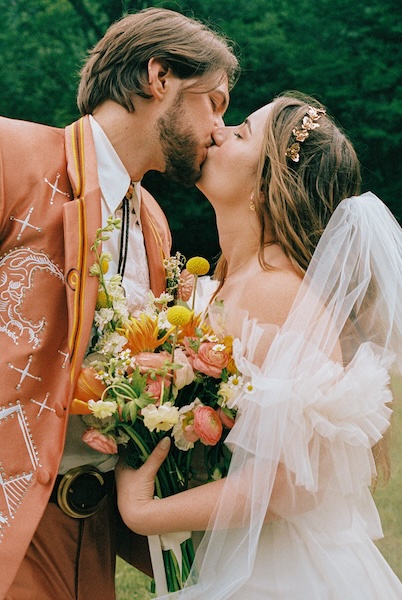Industry News
UPDATE 3/28/22: The Supreme Court of the United States just agreed to decide whether the late Andy Warhol violated copyright law by drawing on an image of musician Prince by photographer Lynn Goldsmith. At the time, Warhol created a series of illustrations off of Goldsmith’s original image that were then published. The case in the Supreme Court (which could potentially reverse the win for Goldsmith outlined below), will test the scope of the fair use defense to copyright infringement and how to assess if a new work based on an older one meaningfully transformed it.
In an ongoing copyright battle between photographer Lynn Goldsmith and the Andy Warhol Foundation for the Visual Arts, a U.S. appeals court overturned an earlier decision that said Warhol’s use of Goldsmith’s image of the late singer Prince was transformative enough to fall under fair use. The second circuit panel cited concern over the 2019 court decision that said Warhol’s unique style deemed the artwork transformative, and Goldsmith wins a hard-fought round in the meantime.

The case revolves around a photo Goldsmith shot in 1981 that Warhol used in 16 pieces featuring the singer. Originally, Goldsmith licensed the image to Vanity Fair. The magazine, however, then turned around and asked Warhol to turn the photo into illustrations and featured one of those images on the cover. The photo was the basis for 12 silkscreens as well as two drawings and two screen prints.
[Read: Fair Use of Copyright Infringement: Analysis of the LeBron James Social Media Lawsuit]
The dispute emerged after the images were used in a special edition magazine called The Genius of Prince after the singer’s death in 2016. The case notes that Goldsmith was unaware of the photograph’s use in the series prior to the 2016 magazine feature. The Center for Art Law noted in an analysis of the original case that the Warhol Foundation received a $10,000 licensing fee for the photo for the special edition magazine. When Goldsmith first made the copyright violation claims and requested compensation from the Foundation, the Foundation sued first for rights to the artwork.
In 2019, U.S. District Judge John G. Koeltl ruled that Warhol had transformed the images enough to fall under fair use. The original decision noted that Warhol’s work had made Prince an “iconic, larger-than-life figure” with a different message than the original photograph.
But the appeals court took issue with the original court’s decision that was in part based on Warhol’s style. “We feel compelled to clarify that it is entirely irrelevant to this analysis that ‘each Prince Series work is immediately recognizable as a ‘Warhol.’’ Entertaining that logic would inevitably create a celebrity-plagiarist privilege; the more established the artist and the more distinct that artist’s style, the greater leeway that artist would have to pilfer the creative labors of others,” the three-judge panel said.

Goldsmith, who is known in part for her work photographing celebrities and rock musicians, says she is fighting for the rights of all photographers. “I’m grateful for the court of appeals’ decision,” Goldsmith said in a statement. “Four years ago, the Andy Warhol Foundation sued me to obtain a ruling that it could use my photograph without asking my permission or paying me anything for my work. I fought this suit to protect not only my own rights, but the rights of all photographers and visual artists to make a living by licensing their creative work, and also to decide when, how, and even whether to exploit their creative works or license others to do so.”
On her GoFundMe page, Goldsmith wrote on March 27: “Yesterday, the 2nd Circuit Court of Appeals issued their ruling—WE WON—all visual creators, especially photographers, can breathe a bit easier, can sleep better now, knowing that a clear ruling of what is fair use will protect their work. I want to thank all of you who made monetary contributions, and most importantly thank those who gave words of support. This was a battle I had to fight, to put myself on the line for and I feel privileged to have carried that weight—and to have succeeded with the help of you all and great lawyers. We will see if this is the end of the matter as their lawyer has said they will continue to fight it. The only court higher than this one is the Supreme Court. No matter what, I will keep fighting for the rights to what it is we create and I hope you all will help me do that.”
[Read: Copyright for Photography Businesses: 10 Important Questions Answered]
The case now goes back to the lower courts. Luke Nikas, the attorney for the Warhol Foundation, calls Warhol “one of the most transformative artists of the 20th century” and says that the foundation is planning to challenge the ruling.





